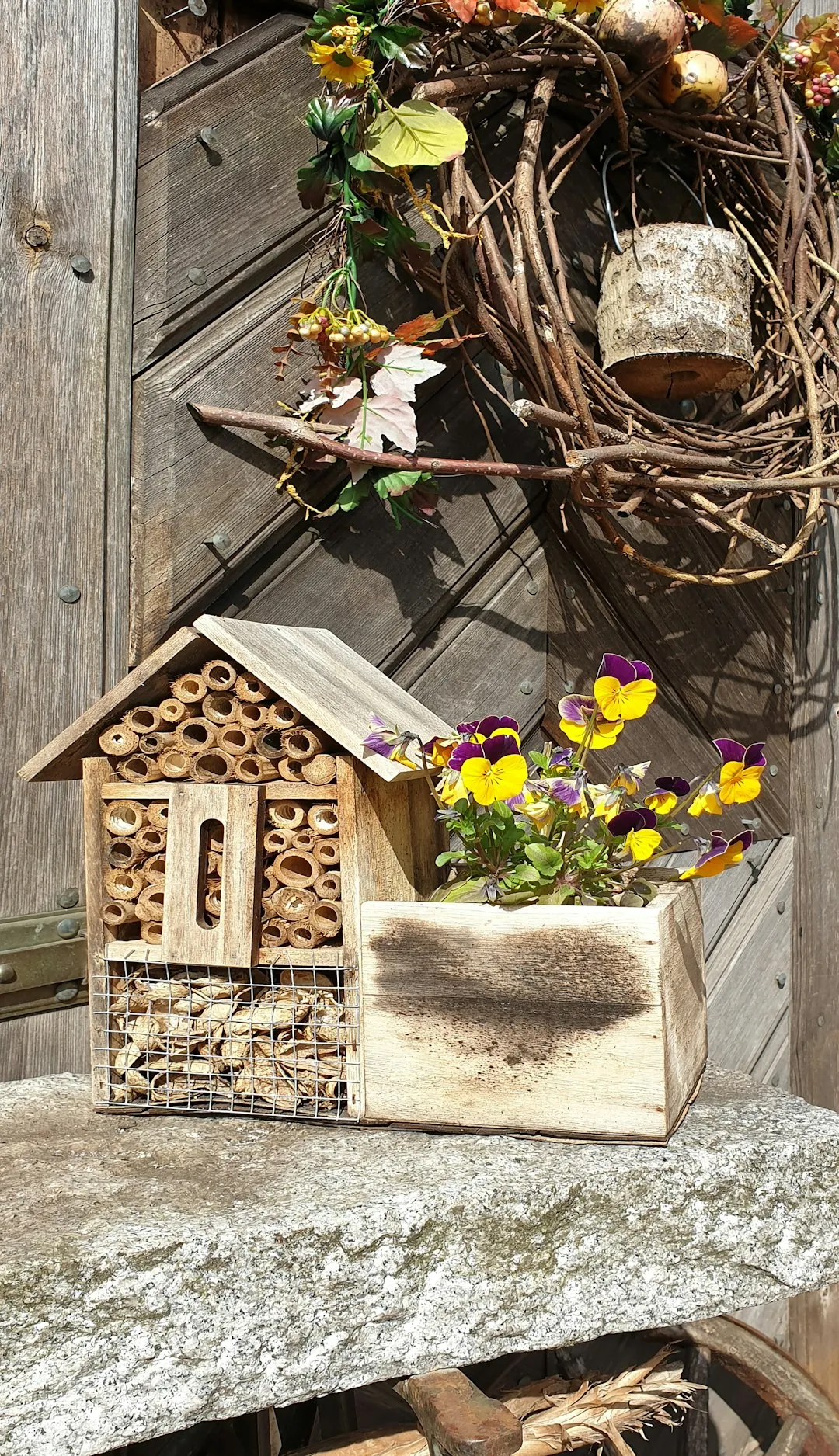Edible gardening is a rewarding pursuit, and among the many herbs you can grow, cilantro stands out for its versatility and distinct flavor. Whether you're aiming to harvest the aromatic leaves or let it flower to obtain dried coriander seeds, understanding the essential growing tips for cilantro is crucial.
First and foremost, cilantro thrives in well - drained soil. It's important to prepare the soil properly before planting. You can mix in some organic matter, such as compost, to improve the soil's fertility and drainage. Cilantro prefers a slightly acidic to neutral soil pH, ranging from 6.2 to 6.8. Testing the soil pH and making necessary adjustments can significantly enhance the growth of cilantro.
When it comes to sunlight, cilantro has specific requirements. It likes full sun in cooler climates, but in hot summer regions, it benefits from partial shade. Too much direct sunlight in high - temperature areas can cause the cilantro to bolt quickly, which means it will start to flower and go to seed prematurely. This can reduce the amount of leafy growth that you can harvest for culinary use. So, if you live in a hot area, consider planting cilantro in a spot that gets some shade during the hottest part of the day.
Watering is another key aspect of cilantro cultivation. Cilantro needs consistent moisture, but it doesn't tolerate waterlogged soil. Over - watering can lead to root rot and other diseases. A good rule of thumb is to water the plants deeply but infrequently. Check the soil moisture regularly by sticking your finger about an inch into the soil. If it feels dry at that depth, it's time to water. During the hot summer months, you may need to water more frequently, but always ensure proper drainage.
Propagation of cilantro can be done through seeds. You can start the seeds indoors about 4 - 6 weeks before the last frost date in your area. Sow the seeds about ¼ inch deep in seed - starting trays filled with a good quality seed - starting mix. Keep the soil moist and warm (around 70°F) for optimal germination. Once the seedlings have developed a few true leaves, they can be transplanted outdoors. When transplanting, space the cilantro plants about 6 - 8 inches apart to allow for proper growth and air circulation.
If you're growing cilantro for its leaves, you can start harvesting them when the plants are about 6 - 8 inches tall. Use sharp scissors or pruning shears to cut the outer leaves, leaving the inner ones to continue growing. Regular harvesting can encourage the plant to produce more leaves. However, if you want to obtain coriander seeds, you need to let the cilantro flower. The white or pinkish flowers will eventually turn into seed pods. Once the pods turn brown and dry on the plant, you can harvest them. Simply cut the seed heads and place them in a paper bag. Shake the bag gently, and the seeds will fall out. Store the dried coriander seeds in an air - tight container in a cool, dark place.
Cilantro is also prone to some pests and diseases. Aphids are a common pest that can suck the sap from the plants, causing stunted growth. You can control aphids by spraying the plants with a strong stream of water or using insecticidal soap. Fungal diseases, such as powdery mildew, can also affect cilantro, especially in humid conditions. To prevent fungal diseases, ensure good air circulation around the plants and avoid overhead watering.
In conclusion, growing cilantro successfully requires attention to detail in terms of soil, sunlight, water, propagation, harvesting, and pest control. By following these essential growing tips, you can enjoy a bountiful harvest of fresh cilantro leaves for your culinary creations or a supply of dried coriander seeds for adding a unique flavor to your dishes. Whether you're a beginner or an experienced gardener, cilantro is a wonderful addition to any edible garden.

